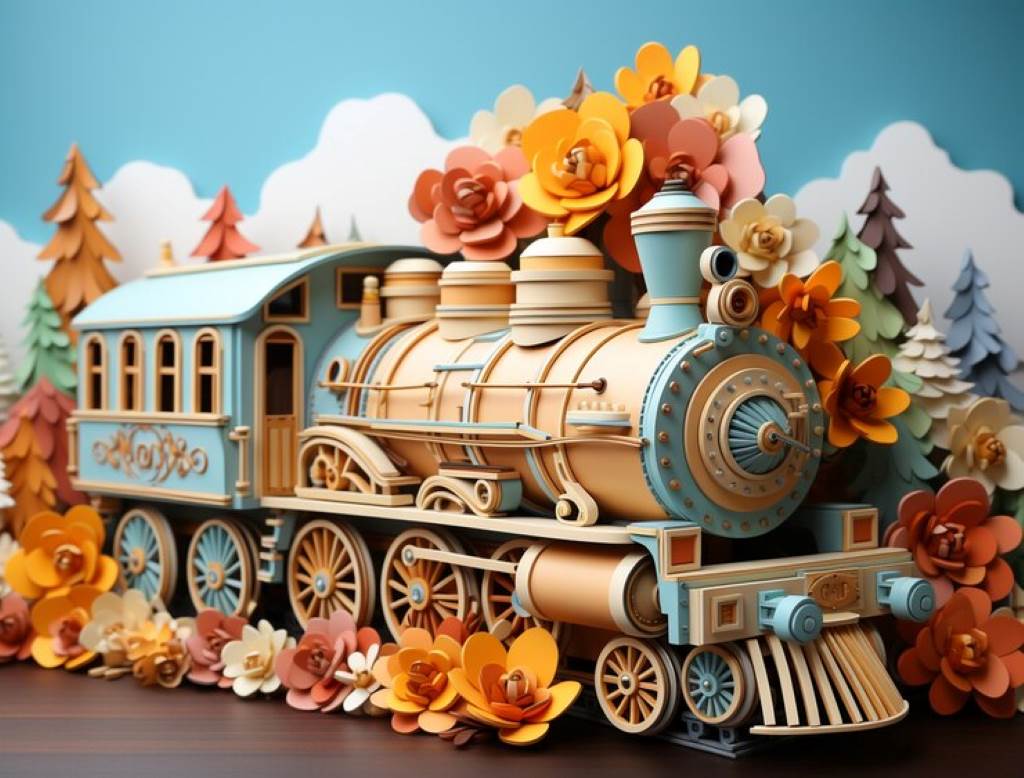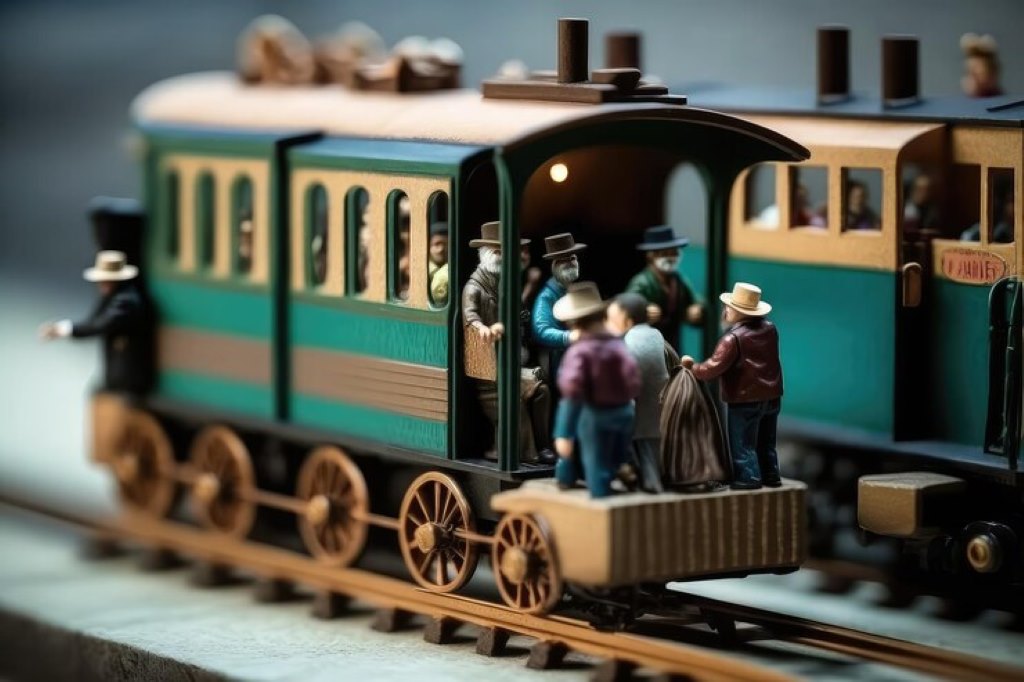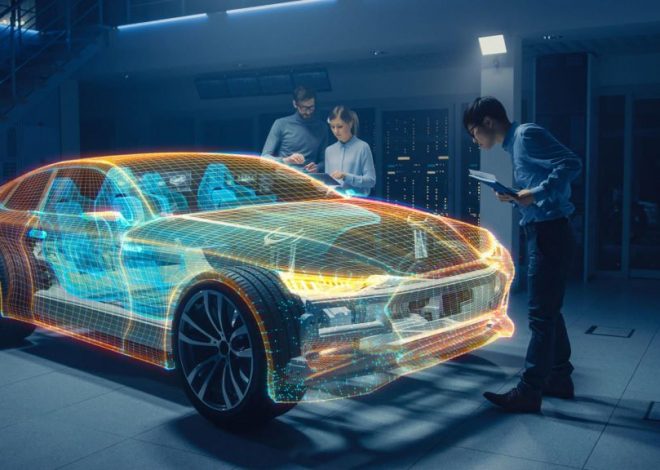
Old Tracks, New Tricks: Tech Innovations in Restoring Antique Model Train Sets
In the intricate world of model train collecting, antique sets are not merely toys or relics; they are pieces of history, embodying the charm and ingenuity of eras gone by.
However, the restoration and maintenance of these treasures require a delicate balance between preserving their original essence and integrating modern technology to keep them operational.
This exploration delves into how technological innovations are revolutionizing the restoration of antique model train sets, ensuring they continue to captivate and educate future generations.
Bridging the Past and Present
The journey of restoring antique model train sets is a bridge between past and present, combining the craftsmanship of yesterday with today’s technological advancements.
The challenge lies in respecting the historical integrity of these sets while leveraging contemporary tools and techniques to restore their functionality and aesthetic appeal.
3D Printing: Crafting the Unobtainable
One of the most significant technological breakthroughs in the restoration of antique model trains is the advent of 3D printing. Rare or missing parts that would have been impossible to replace or replicate can now be designed and printed with precision.
This innovation not only preserves the model’s authenticity but also extends its life, allowing enthusiasts to enjoy these historical pieces in their full glory.

Digital Diagnostics: Peering into the Past
Advanced imaging and diagnostic tools borrowed from the fields of engineering and medicine offer restorers the ability to peer inside antique models without causing damage.
Techniques such as X-ray imaging and 3D scanning provide a non-invasive means to assess the condition of internal mechanisms, identifying issues that need addressing with unparalleled accuracy.
Smart Restoration: The Role of AI and Machine Learning
Artificial intelligence (AI) and machine learning are starting to play roles in the restoration process, from diagnosing problems to predicting potential failures before they occur.
These technologies can analyze vast amounts of data from similar restoration projects, learning patterns, and providing recommendations for best practices, thus streamlining the restoration process and ensuring more faithful preservation of antique train sets.
Advanced Materials: A New Era for Antique Models
The use of advanced materials in the restoration process marks a significant evolution. Materials like graphene and advanced polymers offer solutions to replace or repair parts of antique train sets that were previously deemed irreparable.
These materials can provide the durability needed without compromising the train set’s authentic look and feel, offering a perfect blend of old aesthetics with new resilience.

Augmented Reality: A Visual Aid for Restoration
Augmented Reality (AR) technology is proving to be an invaluable tool for restorers. By overlaying digital imagery on physical antique trains, AR can guide restorers in understanding complex mechanisms, predicting how certain parts fit together, and visualizing the result before physical work begins.
This not only aids in accurate restoration but also in planning the integration of modern components into these historical pieces.
Electrifying the Past: Modern Power for Ancient Tracks
Updating the electrical systems of antique model trains poses a unique challenge, as modern electronics need to be integrated seamlessly into systems designed decades ago.
Innovations in miniature electronics and low-power LED lighting allow restorers to electrify these ancient tracks safely, ensuring they run smoothly while maintaining their original charm.
The Sound of History: Audio Enhancements
With technology, even the sounds of antique trains can be preserved or recreated. Digital sound modules can replicate the chugging and whistles of old locomotives, adding an auditory dimension to the visual spectacle.
These sound enhancements bring a new level of immersion and authenticity to antique train sets, making them more alive than ever before.
Preservation Through Digitization
Digitization offers another avenue for preserving the legacy of antique model trains. High-resolution photography and digital archiving allow for the detailed documentation of models, providing a reference for future restorations and ensuring the intricate details of these historic pieces are not lost to time.
Community and Collaboration in the Digital Age
The internet has revolutionized how collectors and restorers connect, share knowledge, and collaborate on projects. Online forums, social media groups, and digital marketplaces have created a global community passionate about preserving the heritage of model trains.
This digital collaboration has accelerated the sharing of techniques, innovations, and parts, making the restoration process more accessible to enthusiasts worldwide.

Challenges and Ethical Considerations
Despite the benefits, the integration of modern technology in restoring antique train sets has its challenges and ethical considerations.
Moreover, the cost and availability of advanced technology may limit its application, widening the gap between professional restorers and hobbyists.
Conclusion
The restoration of antique model train sets is an art form that marries history with modernity. Through the judicious application of technological innovations, restorers are finding new ways to breathe life into these venerable relics, ensuring they remain a source of fascination and learning.
As technology continues to evolve, so too will the methods of restoration, promising a future where the old tracks of yesteryear continue to find new tricks to enchant and educate.


